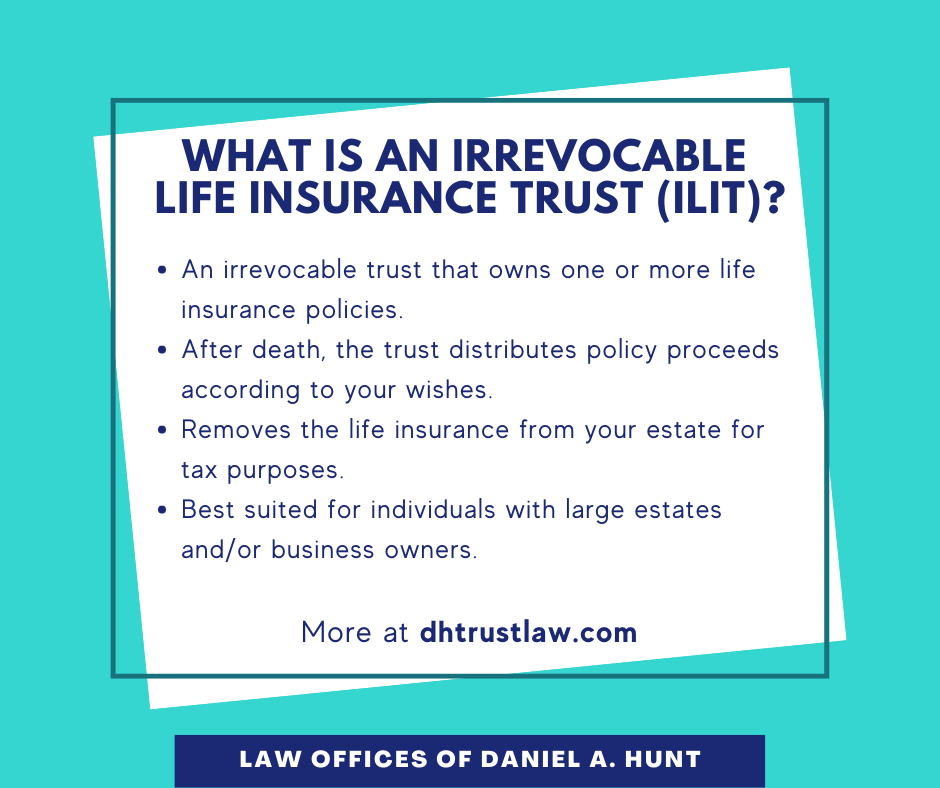Some Known Details About Pacific Prime
The 20-Second Trick For Pacific Prime
Table of ContentsAn Unbiased View of Pacific PrimeThe 30-Second Trick For Pacific PrimePacific Prime Can Be Fun For AnyoneThe Best Guide To Pacific PrimeThe smart Trick of Pacific Prime That Nobody is Discussing

This is due to the fact that the data were gathered for a duration of strong economic efficiency. Of the estimated 42 million individuals who were without insurance, almost concerning 420,000 (about 1 percent) were under 65 years old, the age at which most Americans become eligible for Medicare; 32 million were grownups between ages 18 and 65, around 19 percent of all adults in this age; and 10 million were youngsters under 18 years of age, concerning 13.9 percent of all children (Mills, 2000).
These quotes of the number of persons without insurance are generated from the annual March Supplement to the Existing Population Survey (CPS), performed by the Census Bureau. Unless otherwise noted, nationwide price quotes of people without medical insurance and proportions of the population with different type of protection are based on the CPS, the most widely utilized resource of estimates of insurance protection and uninsurance rates.
Getting My Pacific Prime To Work

Still, the CPS is especially useful due to the fact that it generates yearly quotes relatively promptly, reporting the previous year's insurance coverage approximates each September, and due to the fact that it is the basis for a constant set of price quotes for even more than twenty years, enabling analysis of trends in coverage with time. For these reasons, as well as the comprehensive use the CPS in various other researches of insurance policy coverage that are presented in this record, we rely upon CPS estimates, with constraints kept in mind.

The price quote of the number of uninsured individuals expands when a populace's insurance coverage condition is tracked for several years. Over a three-year duration beginning early in 1993, 72 million individuals, 29 percent of the U.S. https://www.anyflip.com/homepage/fcter#About. populace, lacked coverage for at the very least one month. Within a single year (1994 ), 53 million people experienced at least a month without insurance coverage (Bennefield, 1998a)
6 out of every ten uninsured adults are themselves used. Although functioning does enhance the likelihood that a person and one's member of the family will certainly have insurance coverage, it is not an assurance. Even participants of households with 2 full time wage income earners have nearly a one-in-ten chance of being without insurance (9.1 percent without insurance rate) (Hoffman and Pohl, 2000).
The 5-Second Trick For Pacific Prime
New immigrants account for a significant proportion of people without wellness insurance coverage. One analysis site web has actually attributed a considerable portion of the current growth in the dimension of the U.S. uninsured population to immigrants that arrived in the country between 1994 and 1998 (Camarota and Edwards, 2000). Current immigrants (those that pertained to the USA within the previous 4 years) do have a high price of being uninsured (46 percent), yet they and their kids represent simply 6 percent of those without insurance policy country wide (Holahan et al., 2001).
The partnership between medical insurance and access to care is well developed, as documented later in this chapter. The partnership in between wellness insurance coverage and health outcomes is neither straight neither straightforward, an extensive clinical and wellness solutions research study literature links health insurance policy protection to enhanced accessibility to care, better quality, and boosted individual and population wellness condition.
Degrees of analysis for examining the results of uninsurance. It focuses especially on those without any wellness insurance coverage for any size of time.
The Greatest Guide To Pacific Prime
The issues dealt with by the underinsured are in some respects comparable to those dealt with by the uninsured, although they are typically less extreme. Health and wellness insurance policy, however, is neither necessary neither adequate to acquire accessibility to medical services. The independent and straight effect of health insurance policy coverage on accessibility to health and wellness services is well developed.
Others will get the wellness care they require even without medical insurance, by paying for it expense or seeking it from providers that provide treatment complimentary or at highly subsidized prices. For still others, health and wellness insurance coverage alone does not ensure invoice of care due to other nonfinancial obstacles, such as a lack of healthcare suppliers in their community, minimal access to transport, illiteracy, or linguistic and social differences.
The Best Guide To Pacific Prime
Formal research about uninsured populaces in the USA dates to the late 1920s and early 1930s when the Board on the Price of Treatment produced a series of reports about financing doctor workplace gos to and hospital stays. This problem ended up being prominent as the numbers of clinically indigent climbed up throughout the Great Depression.